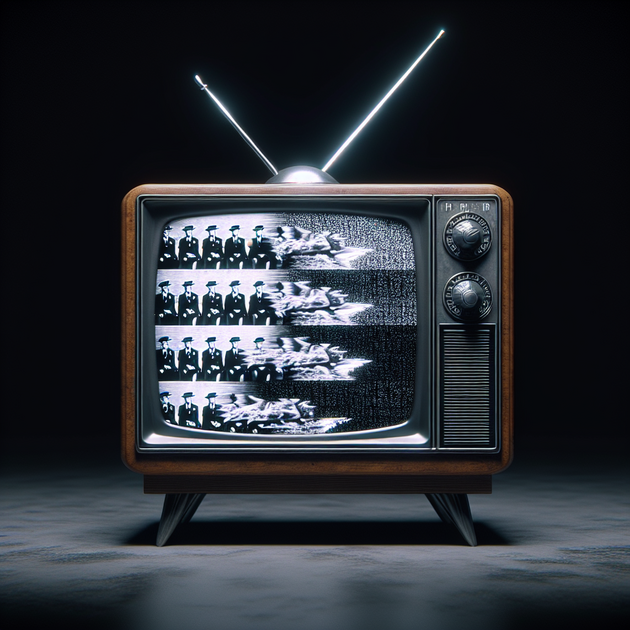Have you ever watched a famous historical video clip and wondered—what if that moment never actually happened? It sounds like something from a sci-fi movie, but today, it’s a real concern. Thanks to rapidly advancing technology, we can no longer trust archival footage ever again.
Why Is Archival Footage Suddenly Unreliable?
For decades, old film reels and videotapes have been our window into the past. If you wanted to know what really happened at an iconic event—say the moon landing or a presidential speech—you’d turn to archival footage for proof. But with AI-powered tools making it easier than ever to alter videos (hello deepfakes), even these treasured records are no longer bulletproof.
It’s not just about swapping faces in silly internet memes anymore. People can now manipulate voices and movements so convincingly that even experts might struggle to spot a fake. This means that everything from black-and-white newsreels to 90s home videos could be tampered with—and we wouldn’t know.
How Does Video Manipulation Work?
You might be wondering how all this is possible in the first place. Here’s a quick breakdown:
- Deepfake Technology: Uses artificial intelligence to swap faces or mimic voices with uncanny accuracy.
- AI Video Editing: Lets users change backgrounds, add people into scenes—or erase them entirely.
- Audio Manipulation: Can make someone say things they never actually said.
- Historical Context Changes: Edits that subtly alter visual details or timing to change how events are perceived.
None of these techniques require Hollywood budgets anymore—just some know-how and access to powerful software.
The Real-World Impact of Fake Archival Footage
Let me tell you a quick story: A few months ago I was researching footage from a famous 80s political rally for a project. One clip seemed off—the crowd’s reactions didn’t match up with written accounts from people who were there. After some digging (and help from a video forensics expert), I learned parts of the footage had been “enhanced” by an unknown editor years after the fact.
It was eye-opening—and honestly kind of scary! If something so seemingly minor could go unnoticed for years, think about what else could slip through the cracks.
Here’s why this matters:
- Misinformation spreads faster: Fake clips can go viral before anyone has time to check them.
- History gets rewritten: Future generations may end up believing things that never happened.
- Lawsuits and confusion: Legal cases relying on video evidence could get complicated fast.
- Loss of trust in journalism: News outlets might hesitate before using any archival video at all.
What Can We Do About It?
All hope isn’t lost! There are steps we can take as viewers (and creators) to fight back against fake archival footage:
- Check the Source: Only trust videos from reputable archives or organizations with clear records.
- Look for Context: Does the clip match up with other accounts or documents from that time?
- Use Verification Tools: New software can spot inconsistencies in audio/video files—don’t be afraid to use them!
- Skeptical Mindset: If something seems too wild or dramatic to be true…it might not be.
It’s also important for companies and governments to invest in digital watermarks or certification systems so future generations know which videos are legit.
The Bottom Line
We’re living through a turning point where “seeing is believing” just isn’t enough anymore—not when it comes to archival footage. While technology has made it easier than ever to remix our memories (for good or bad), it’s up to all of us to stay alert and ask questions.
So next time you stumble across a jaw-dropping old video online… will you take it at face value? Or will you dig a little deeper?

Leave a Reply